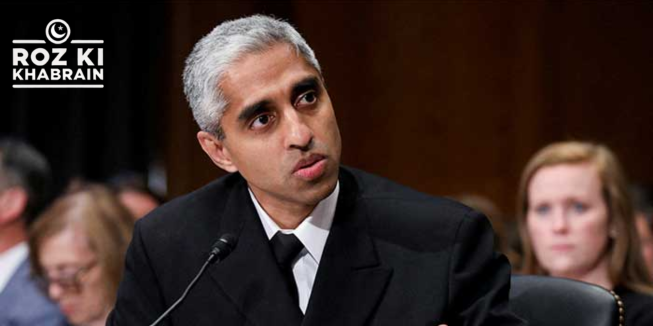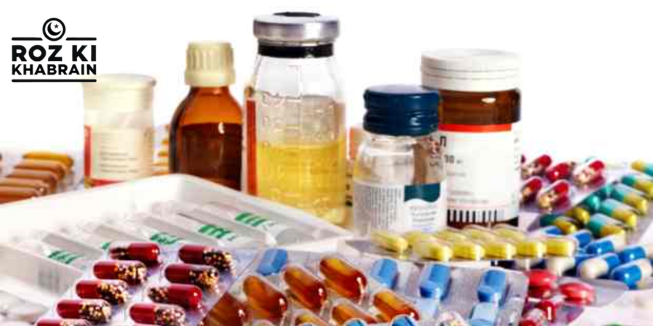The U.S. Surgeon General has called for alcoholic beverages to include cancer risk warnings on their labels, a step that could lead to stricter regulations similar to those imposed on tobacco products. Surgeon General Vivek Murthy highlighted that alcohol consumption raises the risk of at least seven types of cancer, including breast, colon, and liver cancers, but noted that most Americans remain unaware of these risks.
Murthy also recommended that alcohol consumption guidelines be revisited, so individuals can better assess the cancer risks when deciding how much to drink. Current U.S. dietary guidelines suggest that men limit their intake to two drinks per day, while women should consume no more than one.
According to Murthy’s office, alcohol is the third leading preventable cause of cancer in the U.S., after tobacco and obesity, and the specific type of alcohol consumed does not alter the risk.
Although alcohol industry groups did not immediately comment, it remains uncertain when or if these suggestions will be implemented, especially as President Joe Biden’s administration nears its end. The decision may ultimately rest with Congress.
Murthy’s recommendation mirrors the early actions taken regarding tobacco regulation, which began with a 1964 report linking smoking to cancer and has led to decades of increasingly strict measures, including warning labels on cigarette packaging.
Currently, alcoholic beverages in the U.S. already display warnings, including the risk of birth defects from drinking during pregnancy and impaired judgment while operating machinery. These warnings, however, have not been updated since 1988.
Murthy’s advisory advocates for an update to these existing warnings, rather than introducing new, prominent labels akin to those seen on cigarette packaging. The report emphasizes that alcohol causes 100,000 cancer cases and 20,000 cancer deaths annually in the U.S., surpassing alcohol-related traffic fatalities, which number about 13,500.
The report also encourages healthcare providers to screen for alcohol use and refer individuals for treatment if necessary, while also expanding efforts to raise public awareness of these risks.




